Optimal Timing for Foundation Repairs
Foundation repairs are most effectively performed during specific times of the year when environmental conditions are optimal. Proper timing can help ensure the longevity and effectiveness of repairs, reducing the risk of future issues. Understanding seasonal variations and soil conditions is essential for scheduling repairs at the most appropriate time.
Spring offers moderate temperatures and stable moisture levels, making it an ideal time for foundation repairs. Soil is typically moist but not overly saturated, allowing for better soil stabilization.
Summer repairs can be challenging due to high temperatures and dry soil conditions. However, early summer can be suitable if moisture levels are maintained.
Fall provides cooler temperatures and often more predictable weather, facilitating effective repairs before winter.
Winter is generally the least favorable time for foundation repairs due to freezing temperatures and potential snow or rain, which can hinder work and compromise repair integrity.
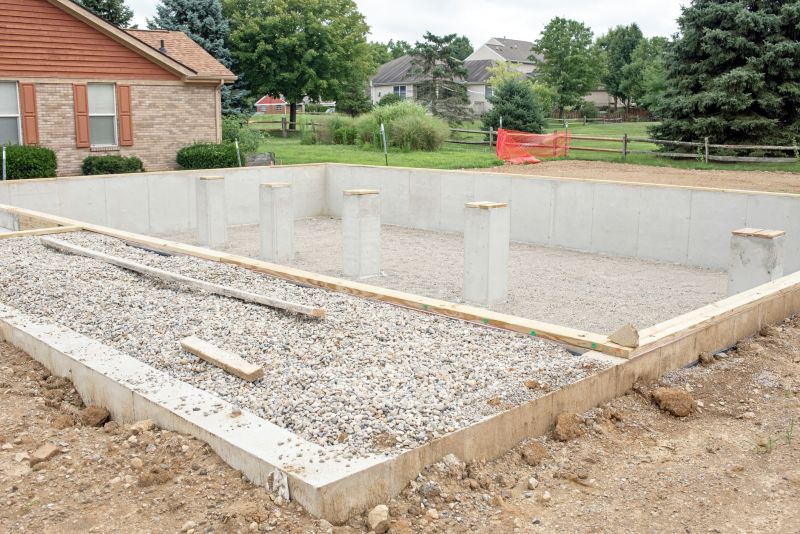
Springtime soil conditions support effective foundation stabilization.
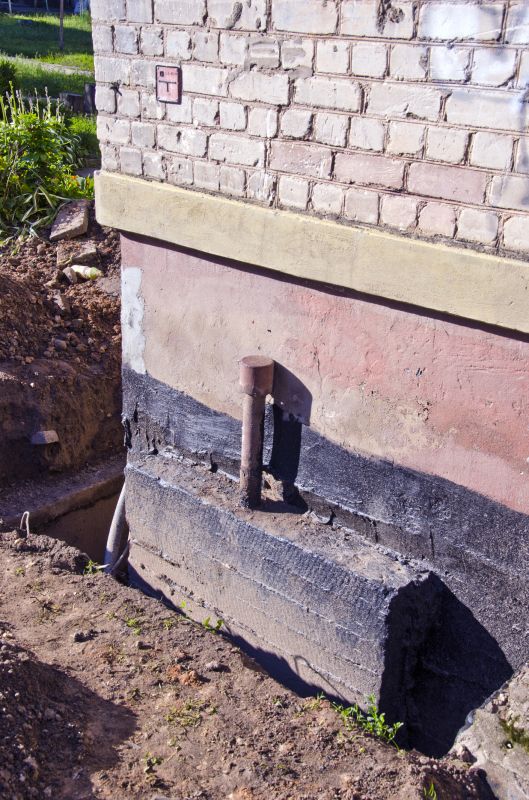
Early summer offers favorable conditions with proper moisture management.

Fall's cooler weather helps in completing repairs efficiently.

Winter repairs face weather-related challenges and are less common.

Ways to make Foundation Repairs work in tight or awkward layouts.
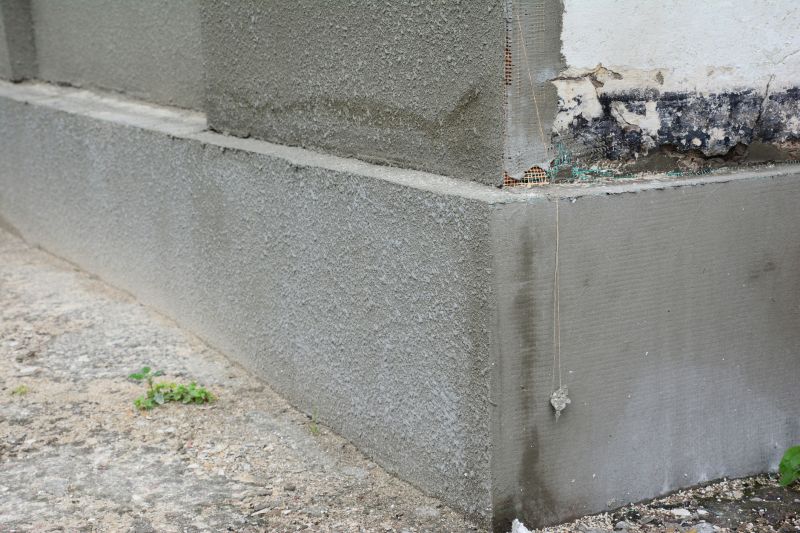
Popular materials for Foundation Repairs and why they hold up over time.
| Season | Optimal Conditions |
|---|---|
| Spring | Moderate temperatures, stable moisture, and soil conditions. |
| Summer | Dry soil, high temperatures; early summer can be suitable with moisture control. |
| Fall | Cooler weather, predictable conditions, ideal for repairs. |
| Winter | Freezing temperatures and precipitation make repairs difficult. |
Foundation repairs involve addressing issues such as settling, cracking, and shifting that can compromise structural integrity. Timely repairs are crucial to prevent further damage and costly repairs in the future. Soil movement due to moisture fluctuations is a common cause of foundation problems, making seasonal timing important for effective intervention. Accurate assessment and planning based on environmental conditions can improve repair outcomes and extend the lifespan of a building's foundation.
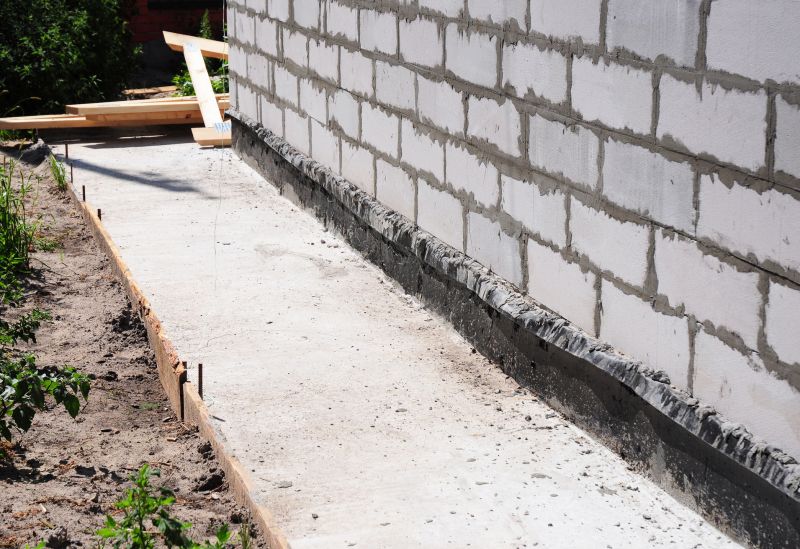
Proper assessment and stabilization techniques are essential for lasting repairs.
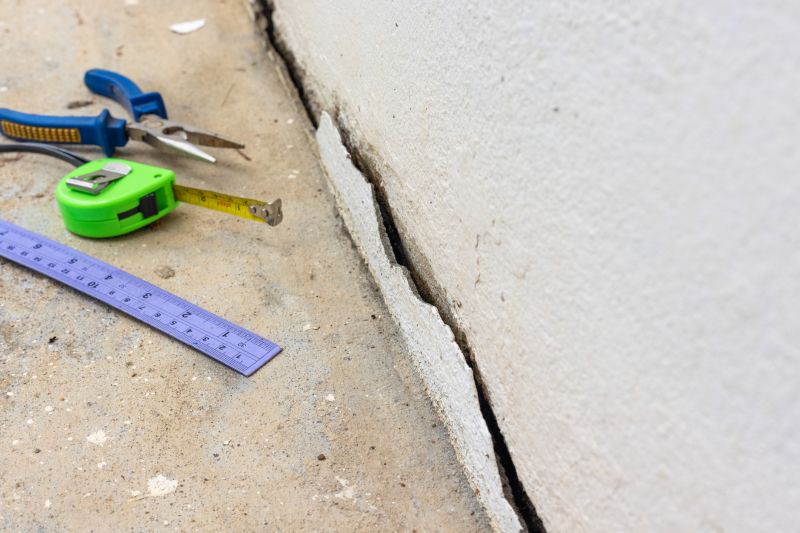
Cracks indicate shifting and require professional evaluation.
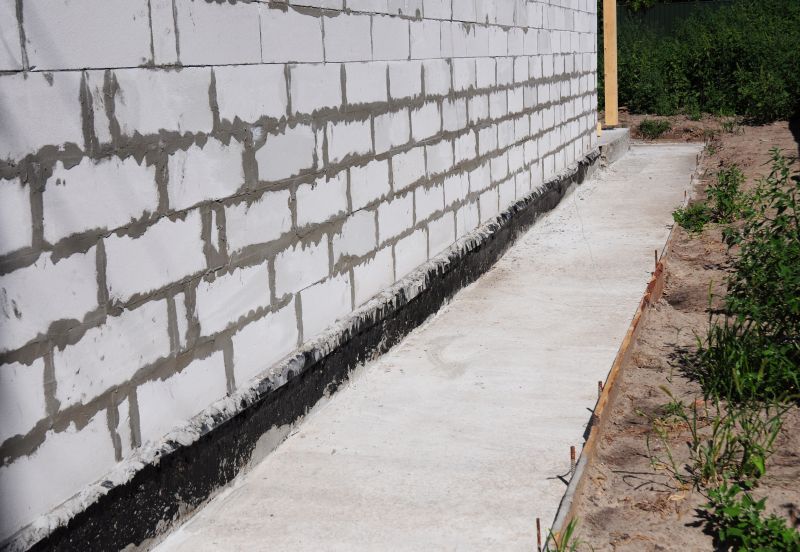
Soil stabilization methods support foundation integrity.
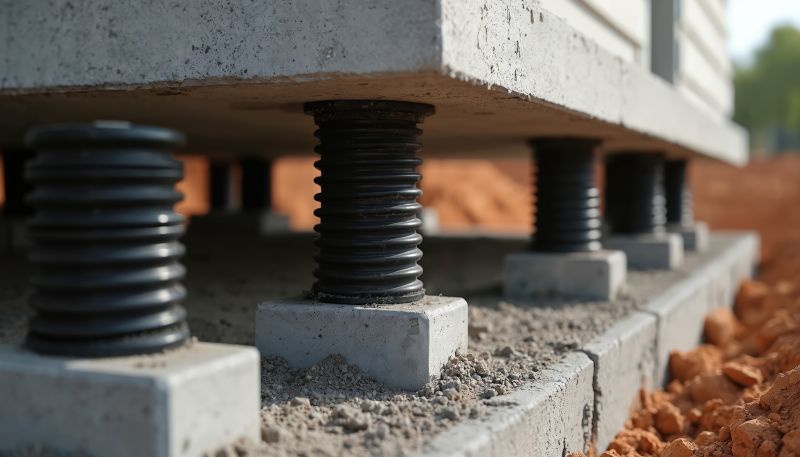
Piering provides support to lift and stabilize the foundation.
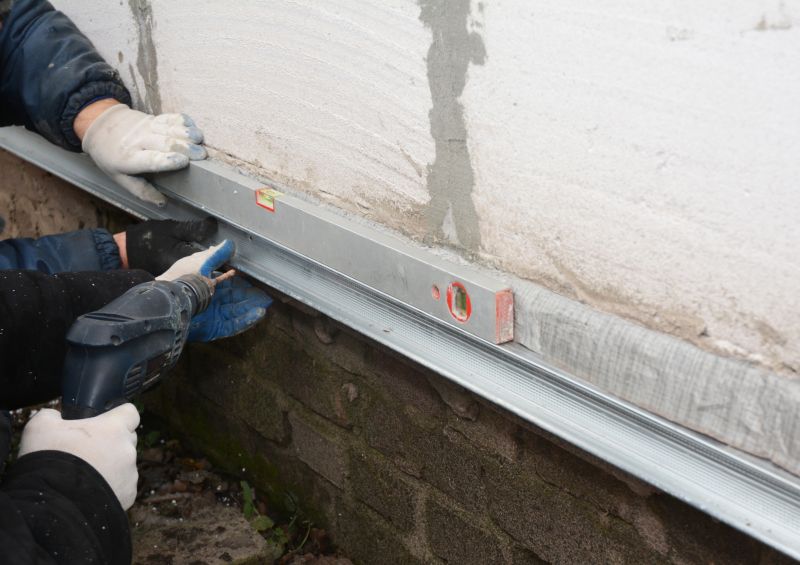
Simple add-ons that improve Foundation Repairs without blowing the budget.
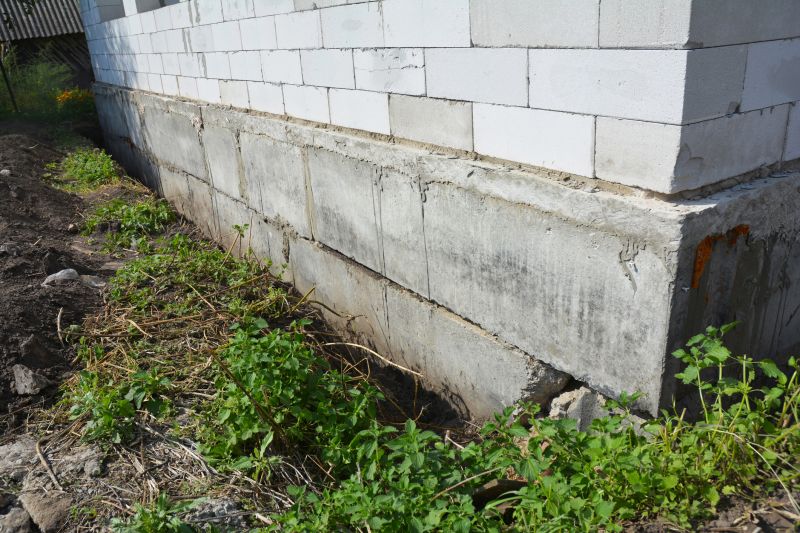
High-end options that actually feel worth it for Foundation Repairs.
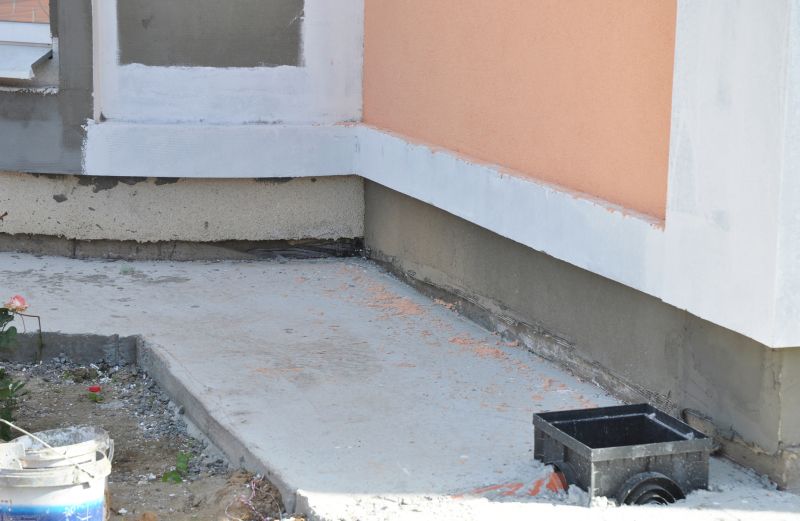
Finishes and colors that play nicely with Foundation Repairs.
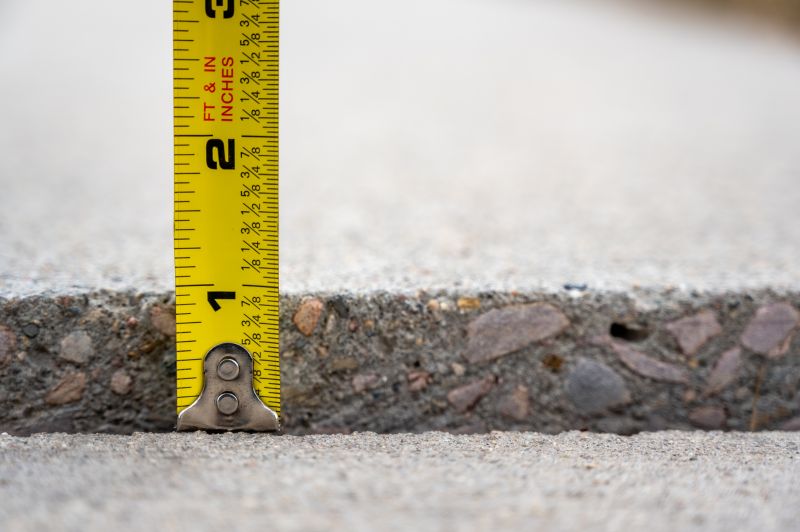
Little measurements that prevent headaches on Foundation Repairs day.
Interested property owners can contact for more information about foundation repair options and scheduling. Proper timing and professional assessment can help ensure the durability and safety of a building's foundation, preserving property value and structural integrity.
